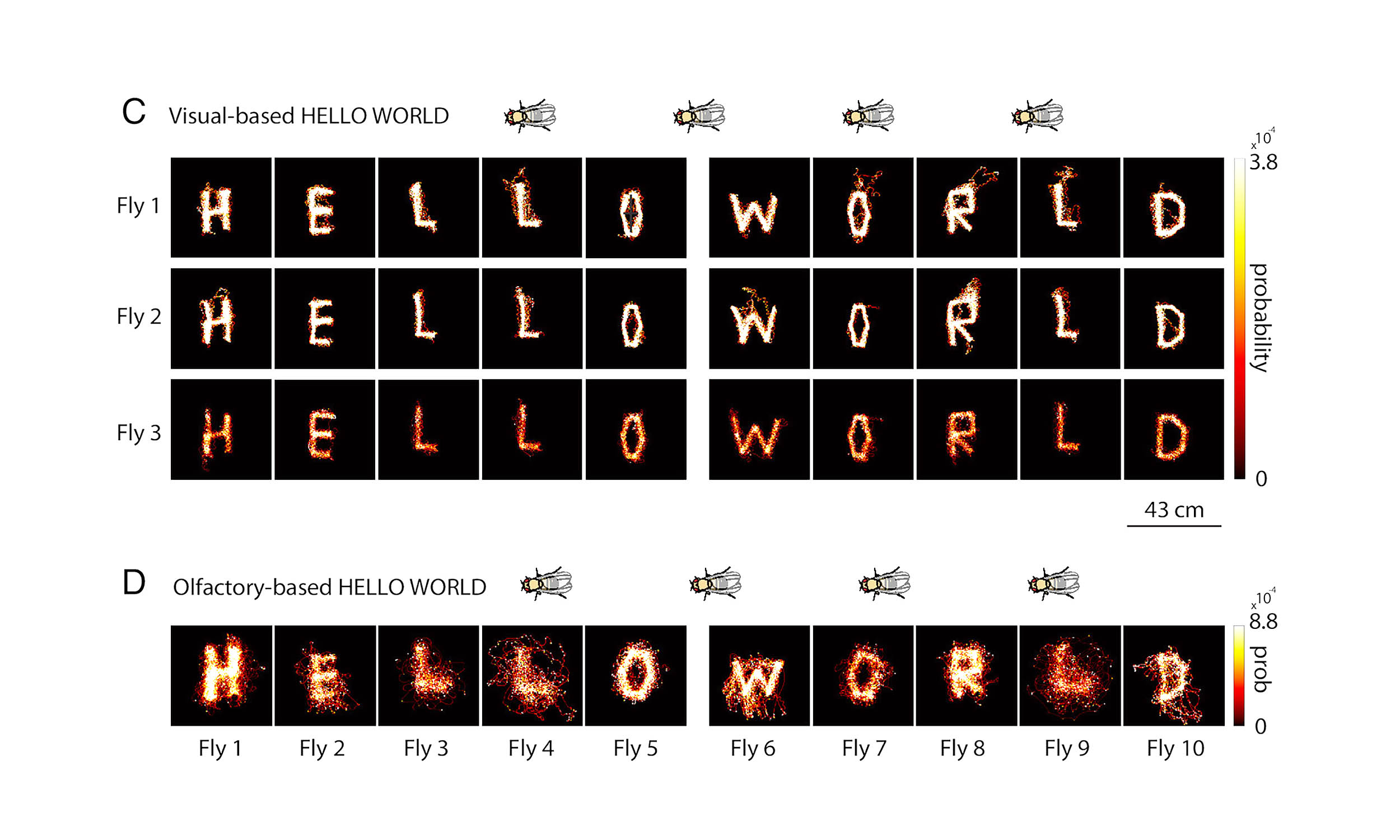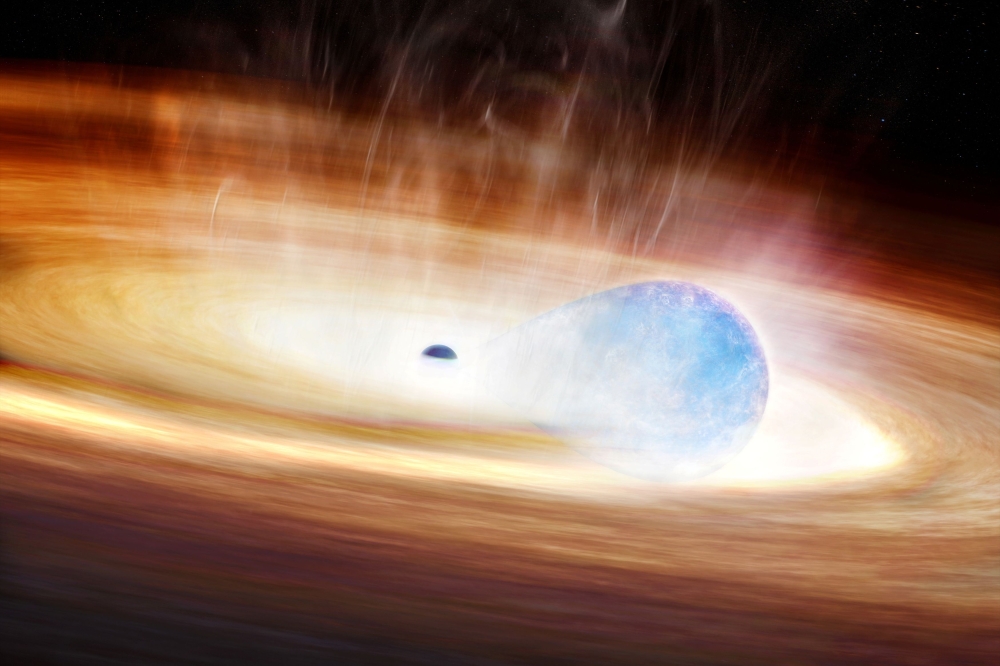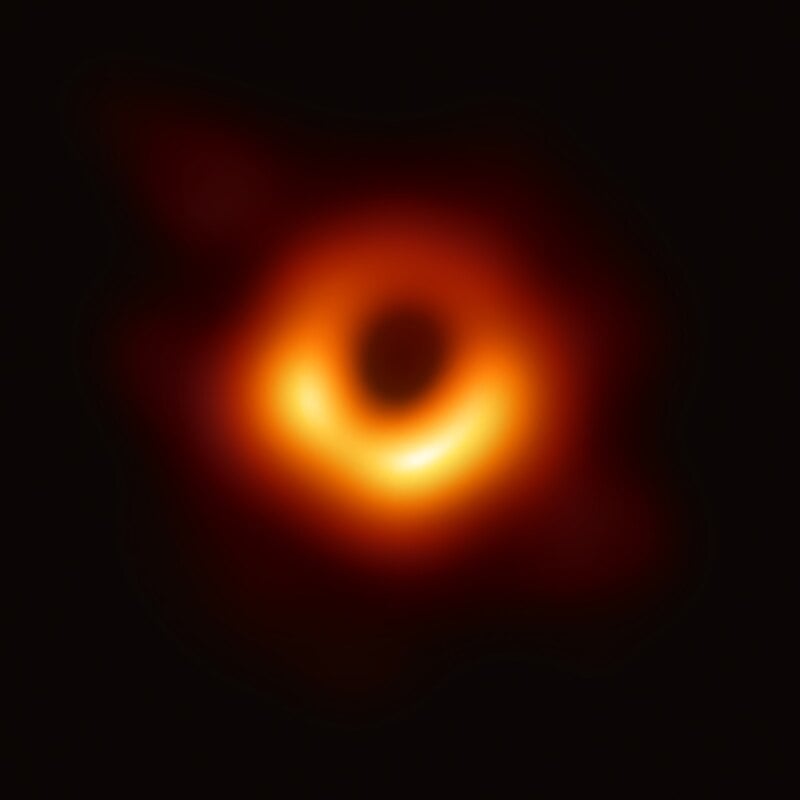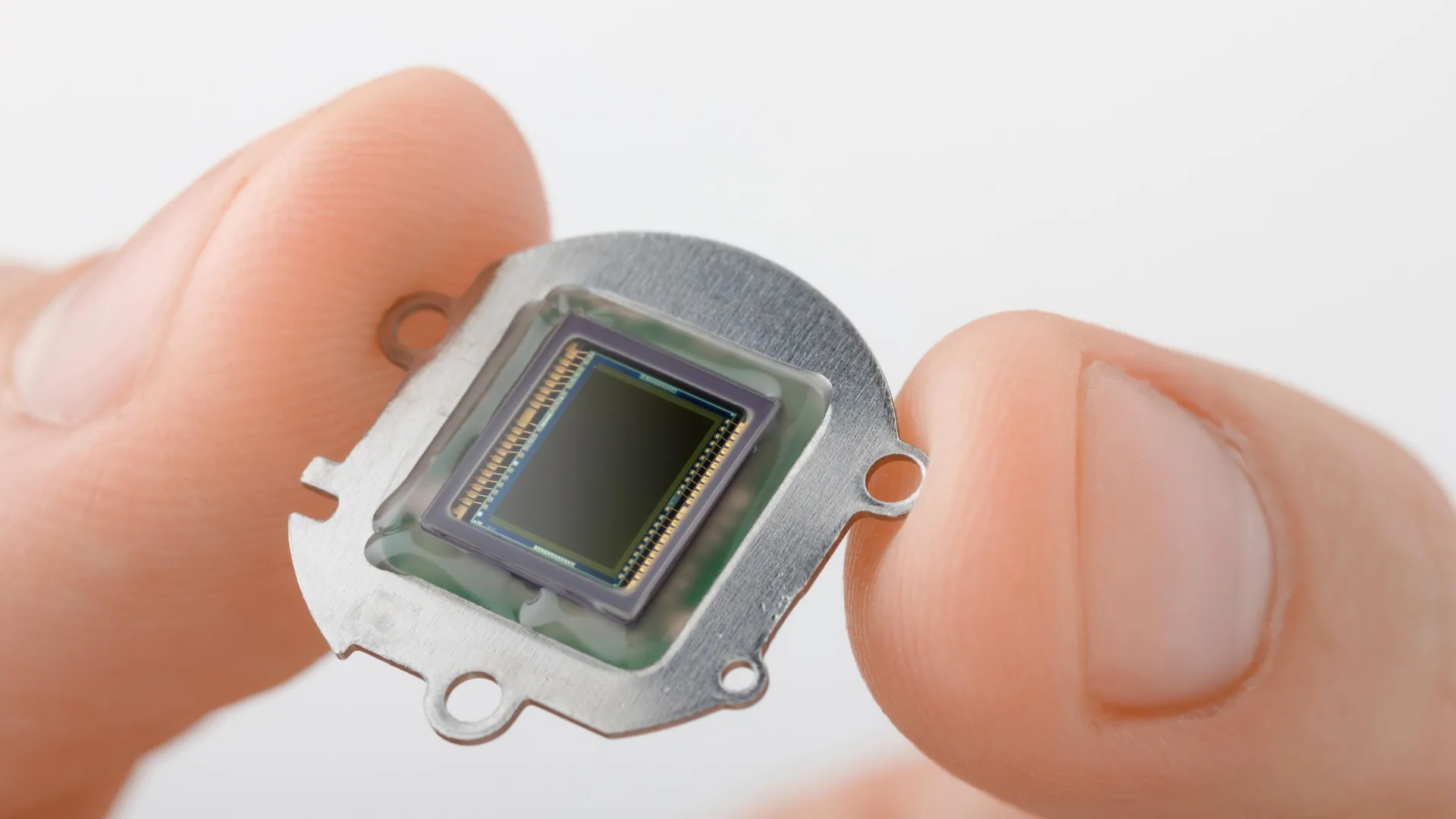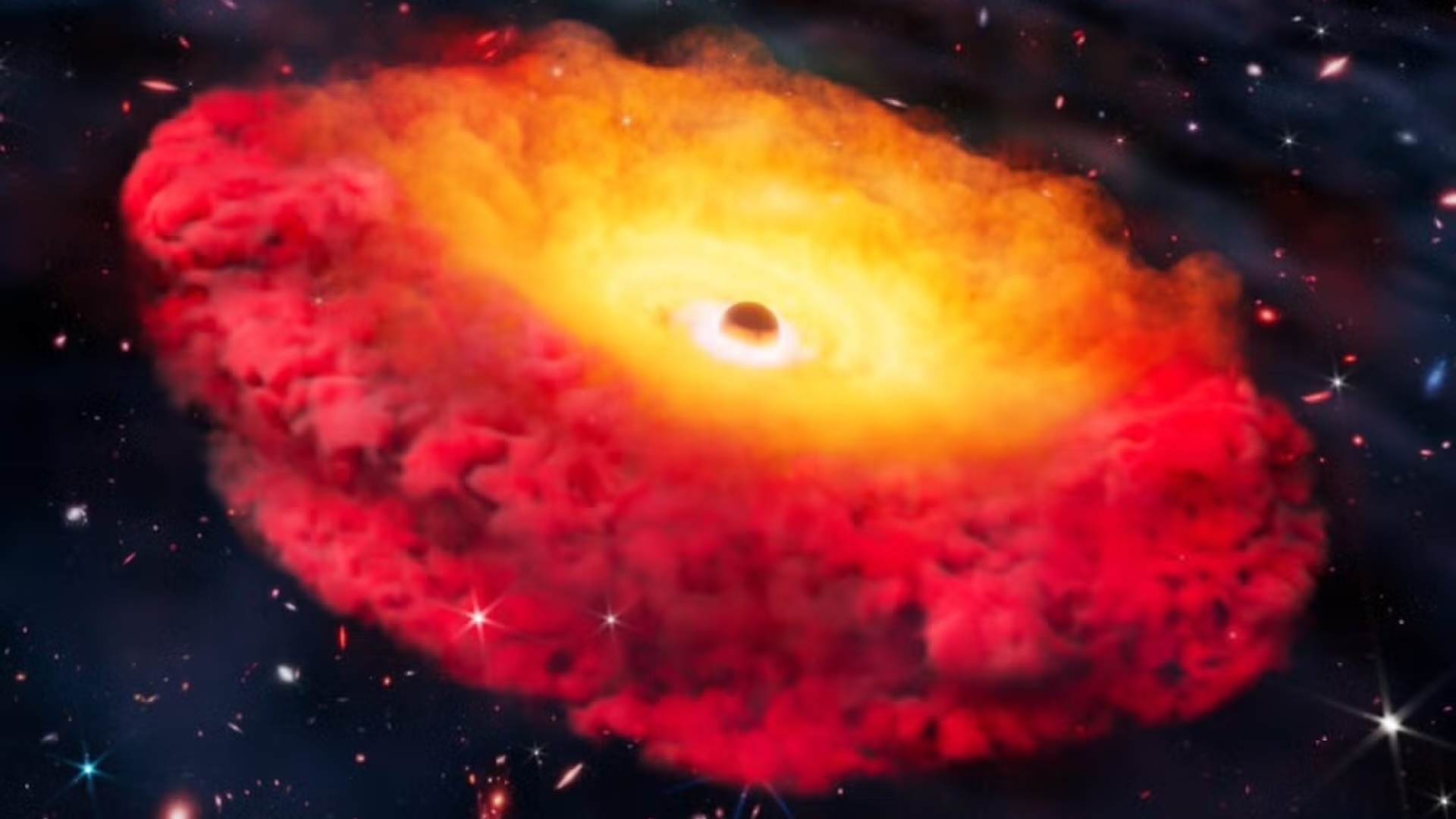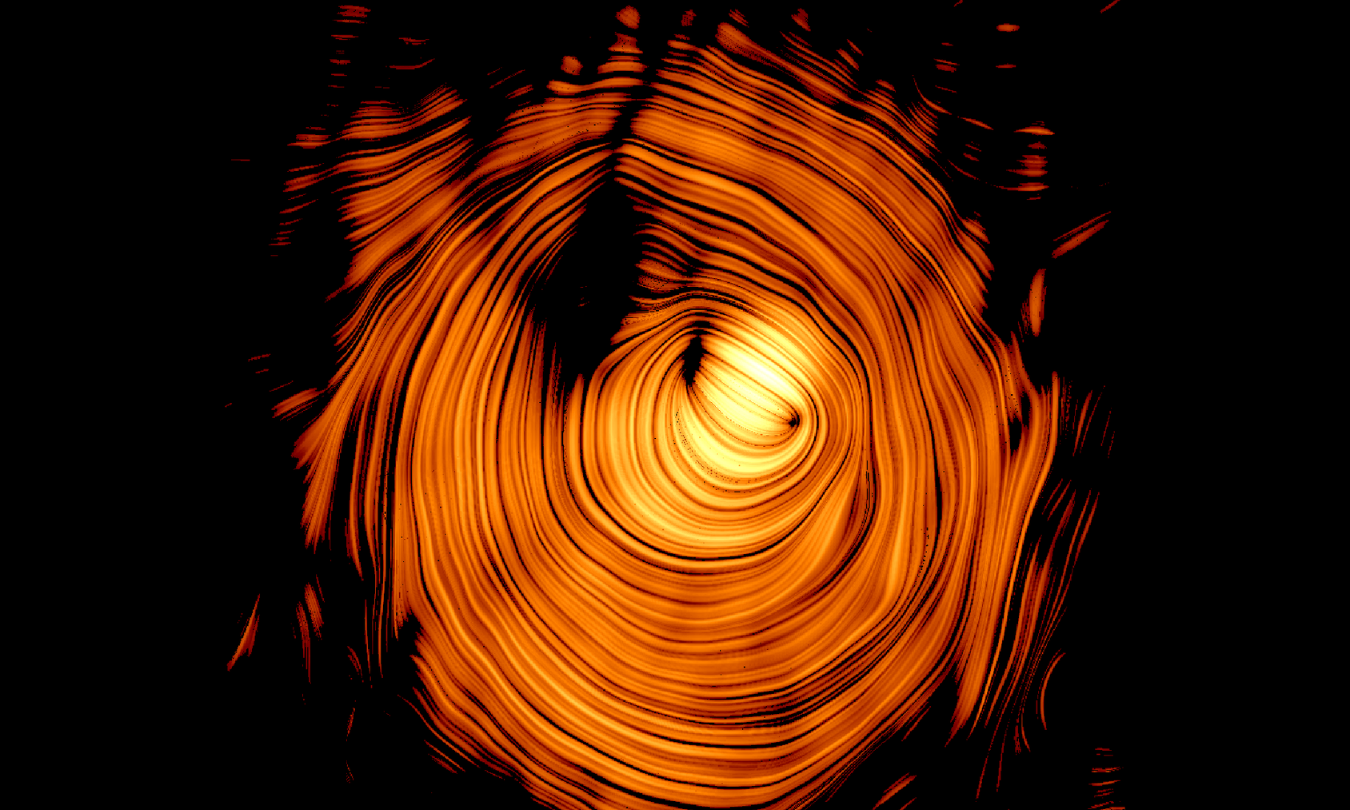300 Mysterious Galaxies Found in Deep Space: Are They the Key to Our Cosmic Origins?
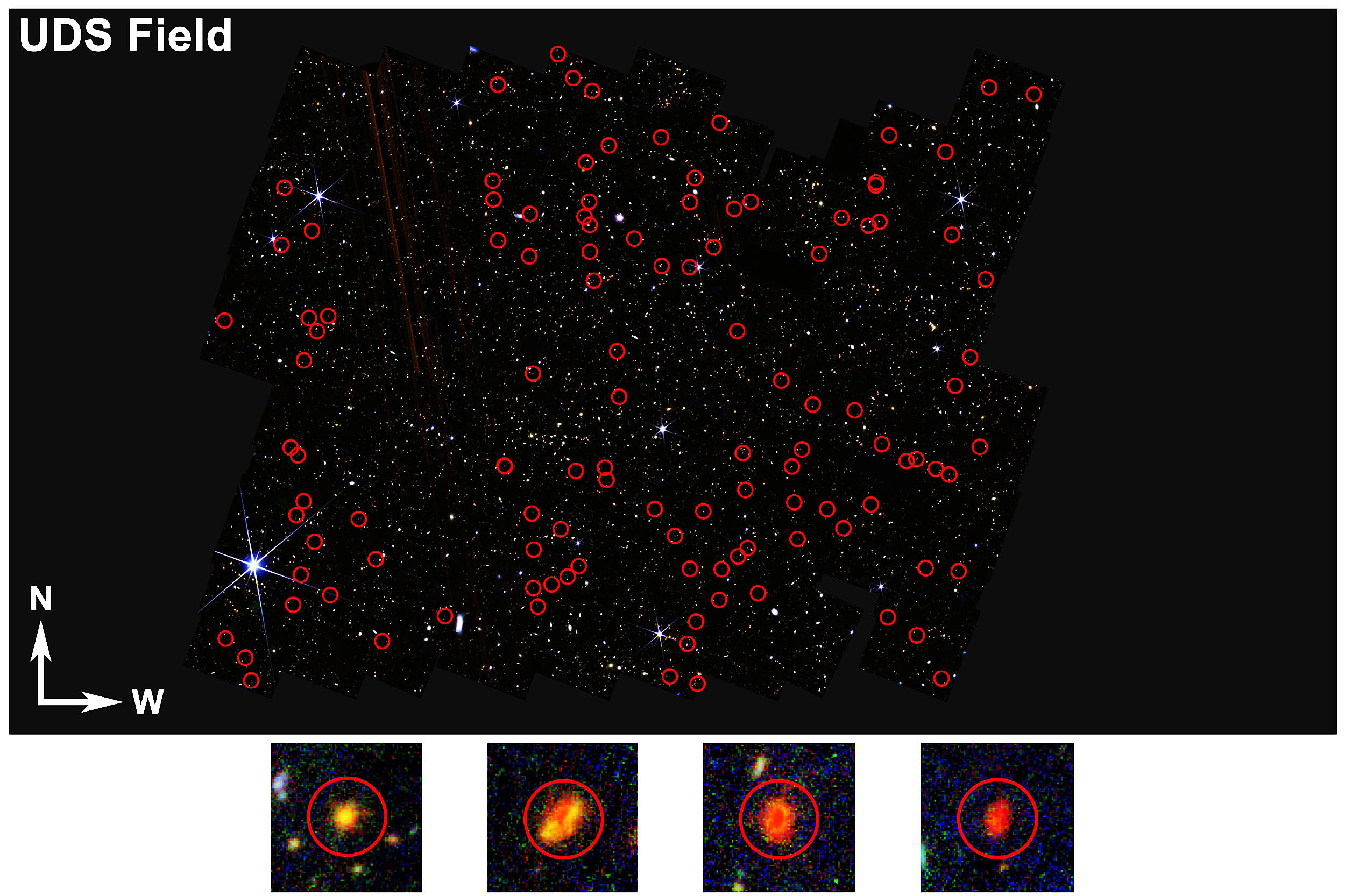
Did you know that researchers have just uncovered 300 mysterious bright objects in the depths of space that could rewrite our understanding of the universe? This stunning discovery, made possible by the James Webb Space Telescope (JWST), raises tantalizing questions about the birth of galaxies and the very fabric of cosmic history.
Led by the brilliant minds of Liu Bangzheng “Tom” Sun and Haojing Yan from the Department of Physics and Astronomy at the University of Missouri, this groundbreaking study analyzed public images from the JWST across four deep fields. What they found were 300 extraordinarily bright “dropouts” that vanish from blue filters but reappear in redder ones—a telltale sign of very distant cosmic systems.
As we journey through the cosmos, it's crucial to understand that some of these objects likely belong to a closer group shrouded in heavy dust, while others are potentially ancient, peering back into a time when the universe was young and vibrant. The research indicated that most of these luminous dropouts are situated at redshift z ≈ 1–4, but a significant number might be as far back as z greater than 6. This mix presents an exciting challenge for astronomers, as it calls for meticulous follow-up studies.
Haojing Yan, a co-author of the study, expressed the excitement surrounding this find: “These mysterious objects are candidate galaxies in the early universe, meaning they could be very early galaxies.” The implications are profound; we might be witnessing the formation of galaxies that have not been seen before.
To understand this, we need to delve into the concept of redshift. As light travels through space for billions of years, its wavelength expands, shifting to the red end of the spectrum. This shift pushes earliest galaxies out of the visible spectrum and into the infrared, which is where JWST’s Near Infrared Camera (NIRCam) plays a crucial role. It is designed to observe redshifts, detecting wavelengths from 0.6 to 5.0 microns, while the Mid Infrared Instrument (MIRI) allows observation from roughly 5 to 28 microns, offering astronomers a unique perspective on these distant worlds.
The findings come at a time when the JWST is rapidly advancing our understanding of the universe. Spectroscopy is becoming a gold standard, helping identify galaxies beyond redshift 14 and revealing that luminous systems existed roughly 290 million years after the Big Bang. “As the light from these early galaxies travels through space, it stretches into longer wavelengths, shifting from visible light into infrared,” Yan elaborates, highlighting the importance of redshift in our cosmic narrative.
The researchers employed a method known as the “dropout technique,” which identifies a sudden loss of brightness in blue wavelengths accompanied by a strong detection in red wavelengths. This technique, refined since the 1990s, helps pinpoint high-redshift galaxies that are fundamental to our understanding of cosmic evolution.
Among these tantalizing candidates is a known source in the CEERS field at redshift z = 8.68. Originally identified from ground-based data thanks to its infrared color indicating strong oxygen emission, this object has been studied multiple times with JWST. Follow-up observations revealed active black hole signatures in its vicinity, revealing just how complex and dynamic these ancient systems can be.
While not every bright dropout is destined to be an ancient galaxy, the prospect that some could be is exhilarating. If confirmed, these findings could challenge current models of galaxy formation. There’s theoretical work suggesting that high-density massive halos can create many early luminous galaxies, but the extreme brightness of these new objects presents a puzzle that demands further exploration.
As the researchers conclude, spectroscopy will be key to unlocking the mysteries of these objects. Dusty galaxies at lower redshifts can sometimes mimic the same colors as those indicating extreme distance, so caution is essential. The complexities of cosmic evolution continue to unfold, and as Yan aptly puts it, “even if only a few of these objects are confirmed to be in the early universe, they will force us to modify the existing theories of galaxy formation.”
This remarkable study, published in The Astrophysical Journal, reminds us of how much we have yet to learn about the universe and our place within it.




